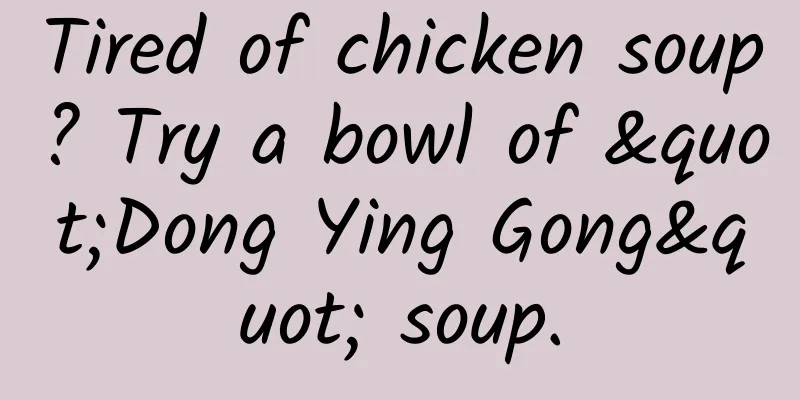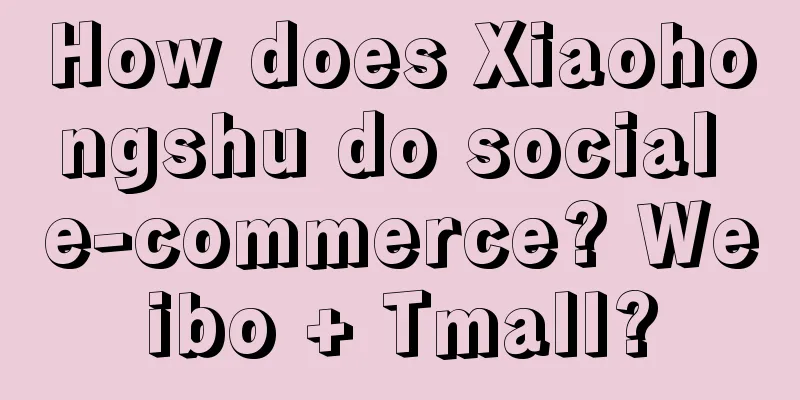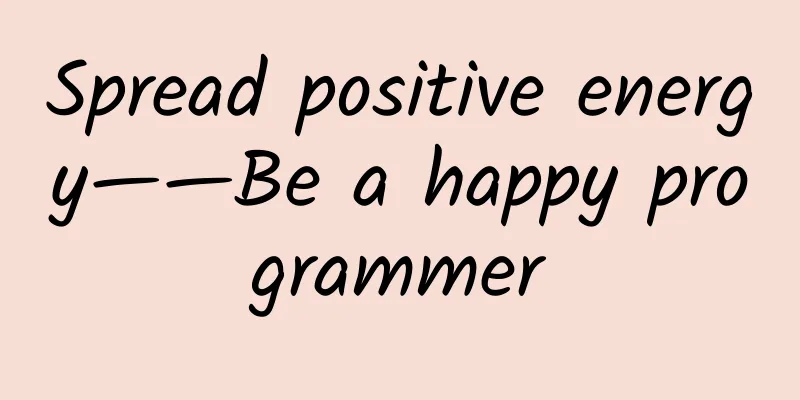Tired of chicken soup? Try a bowl of "Dong Ying Gong" soup.

|
Recently, the cold wave in the capital market has been discussed everywhere. "Entrepreneurship mentors" have been teaching everyone how to survive the winter, and similar chicken soup articles have emerged on various platforms. Drinking chicken soup in winter is certainly helpful for keeping warm, but what we want to share with you today is the "health preservation" norm for VCs and entrepreneurs. After all, only by cultivating internal skills well can we calmly survive the summer heat and cold. Value creation is the hard truth In a midsummer market, the importance of entrepreneurs' financing capabilities is infinitely magnified. The ridiculously fake financing amounts and valuations, the rigged subsidies and fake orders are all just for the next round of financing, as if as long as they have a larger financing amount than their competitors, they can use capital to eliminate the other party. Once upon a time, Lashou.com also thought so. However, the arrival of winter will eventually favor those entrepreneurs who have made breakthroughs in operation and learning capabilities. Only they can constantly try out healthy business models in the ice and snow, and continue to create user value until spring comes again. People who are familiar with us may know that we have always been not very supportive of subsidies, or we are very cautious about them. For a two-sided market, such as Uber, subsidies are needed to balance the quantity of supply and demand, and subsidies are an organic part of the business; but once supply and demand reach a certain dynamic balance, the corresponding subsidies should be reduced. Uber will automatically increase the price by multiples when it is busy, and even let the demand side participate in subsidies to obtain a better user experience, while reducing the platform's expenses. For a one-sided market, such as traditional e-commerce or OTA, the cost of attracting new customers (including the order subsidy) should be lower than the total marginal profit of orders during the customer's life cycle, that is, through repeat purchases, the cost of acquiring new customers can be earned back. In the midsummer, people often only pay attention to quantity, order volume, and transaction volume, but not to indicators such as quality, gross profit, marginal profit, operational efficiency, repurchase rate, and average unit price. It's cold, it's time to pay attention. Speaking of fake orders, if the order system is full of fake orders, our first reaction should be to adjust the business model or pricing. A business with positive marginal profit on orders is often difficult to trigger widespread fake order motivation. If the customer lifetime value is greater than the cost of acquiring new customers, then fake orders should be encouraged. In fact, a large number of fake orders reflect an inefficient business model (negative marginal profit on orders), and long-term subsidies for inefficiency cannot bring about efficiency improvements in the future. The Internet's transformation of traditional industries will inevitably fall into better user experience and a more efficient value chain, and will inevitably establish the position of startups in the value chain. As long as you are in a reasonable value chain, you will definitely make money, which is the recognition of your value by upstream and downstream. When your business has neither gross profit nor commission, you should stop and think about it, especially when winter is coming. However, we will be much more tolerant of the customer lifetime value. There are many aspects that affect repeat purchases and new customer costs, and a considerable part of them are related to execution and can be continuously improved. Does the inflated valuation help entrepreneurs, or is it the opposite? The logic often heard is that because you raise more money at a higher valuation in the midsummer (assuming the same share dilution), you can support the winter longer. This sounds good, and it is indeed so on the surface, but in reality we encounter many counterexamples. When you come out to raise funds again, the winter is not over yet? Your valuation will be adjusted back to the normal scale. At this time, whether it is the terms of the previous round, the mentality of the investors in the previous round, or the mentality of the entrepreneurial team, it will affect the financing process. Often, what we see in the cold winter is not a bad project, but a mismatch between the stage of the project and its financing stage. That is, a project that was originally in the B round is now in the C round. Even if the valuation can be adjusted to the B round, the team size and the funding needs for business development are often still the C round, which brings additional risks to the project. We view entrepreneurship as a process from 0 to 1. Whether it is entrepreneurs or investors, everything we do in this process should increase the probability of success, rather than focusing more on the differences in the few points after success. The real difference comes from whether it can succeed and the size of the success itself. Industrial VC, not afraid of the cycle of seasons Recently, the "big guys" have called for the brakes, and investment managers can all go on vacation. Isn't this what should have been done a year ago? At the end of last year, I participated in various social activities and was asked how many projects I invested in. I was embarrassed to say, 20? Any unknown fund reported 50! In the past three months, we have been very busy. Values have returned to normal. Everyone is busy taking vacations, and we are busy investing in projects. Seeing everyone shouting that the market is a bubble and bravely attacking with inflated valuations has indeed honed the mentality of not being afraid of missing out. From a rational point of view, will there be more entrepreneurs in the midsummer? It seems so, especially those who are as familiar with the financial market as the financial VCs, or those who are not very determined to start a business and are waiting for angel or VC money to realize their dreams. But we believe that the number of excellent entrepreneurs in the cold winter will not be less than that in the midsummer. They see huge opportunities and time costs are above all else. They can see the advantages of the cold winter and focus more on improving user experience and efficiency. What's more, we are here to give them some charcoal, hoping that they will stand out when spring comes. Industry research has been mentioned a lot again, as if the harsh winter is a good time to do research. As an industrial VC, we believe that industry research, as a basic work, must be practiced persistently. Imagine that among the investment managers who invest in so many projects a year, how many can calm down and do industry research at once? Industry research is not just about listing competing products and analyzing the differences between their products and services. We need to form a view on the industry after various interviews and deep data mining. Not only do we need to have a view, but we also need to form a set of valuation methods and implement monitorable KPIs for operational companies with data. In 2012, when we started to study catering O2O, our peers were paying attention to e-commerce and social networking. Through deep mining, we formed a clear view that "invest in heavy models and do not invest in companies without logistics and distribution". In the battle of 2014, this view has been verified. Whoever wins the logistics will win the world. More importantly, the valuation method we formed has been continuously verified and recognized by the next round of financing in practice, and the KPI developed with entrepreneurs is becoming an important indicator of industry attention. Looking back at the time when I invested in three catering O2O companies, many of my peers asked me why I changed my investment to express delivery companies and what does this have to do with the Internet. I think only with such in-depth observation can we make quick decisions in the midsummer and not be afraid to take action in the cold winter. It is precisely because of these unique qualities that we have formed our style: one step ahead of industry insights, not following the trend in the midsummer (don't be afraid of missing out, if you miss out, it only means that you are not early enough or deep enough), and never stop in the cold winter. |
<<: Swift language has taken the first step to encroach on Android app development
Recommend
Wuhan tea tasting, the most complete guide to tea tasting in 2022, the most reliable place in Wuhan
The contact information for Wuhan tea tasting is ...
Can you become a brand by selling goods online?
Topic: "Can online sales become a brand?&quo...
Case analysis: How to conduct operational data analysis
The article mainly outlines the methods and proce...
Baidu searched for 18 details of ocpc
Baidu Big Search ocpc was launched in the second ...
How to deal with the situation when there are only a few APP downloads per day
If your app has been launched and follows the fol...
Top 50 Private Domain Tricks of Brands
If 2020 is the first year of private domain, 2021...
Are Taobao's daily specials reliable? It depends on two points!
Taobao’s Daily Specials is a Taobao event that ma...
Query the price of joining Zhanjiang Marriage and Love Mini Program. How much is the price of joining Zhanjiang Marriage and Love Mini Program?
How much does it cost to join a marriage and love...
Read QQ messages using Python
Read QQ messages using Python After the last arti...
What are the functions of the Lanzhou Photography Mini Program? How much does it cost to create a professional photography app?
Everyone's exposure to photography is differen...
Cheese Rhythm Cao Maogui Wealth Secret Key Stock Market Training Course 10 Videos
Cheese Rhythm Cao Maogui Wealth Secret Key Stock M...
Italy's No. 1 patient has recovered and calls on everyone to stay at home!
According to the Italian news agency ANSA, patien...
Chang Cheng, head of Lenovo Mobile, has resigned. What does this mean for Lenovo Mobile?
On December 31, Chang Cheng, vice president of Le...
Which SEO training is best? Which SEO technical training is the best?
For many friends who are new to the SEO industry,...
How to write copy? Besides Apple, Jiang Xiaobai, and Durex, what else can we copy?
I have to let Mr. Qiao take charge of the post to...









